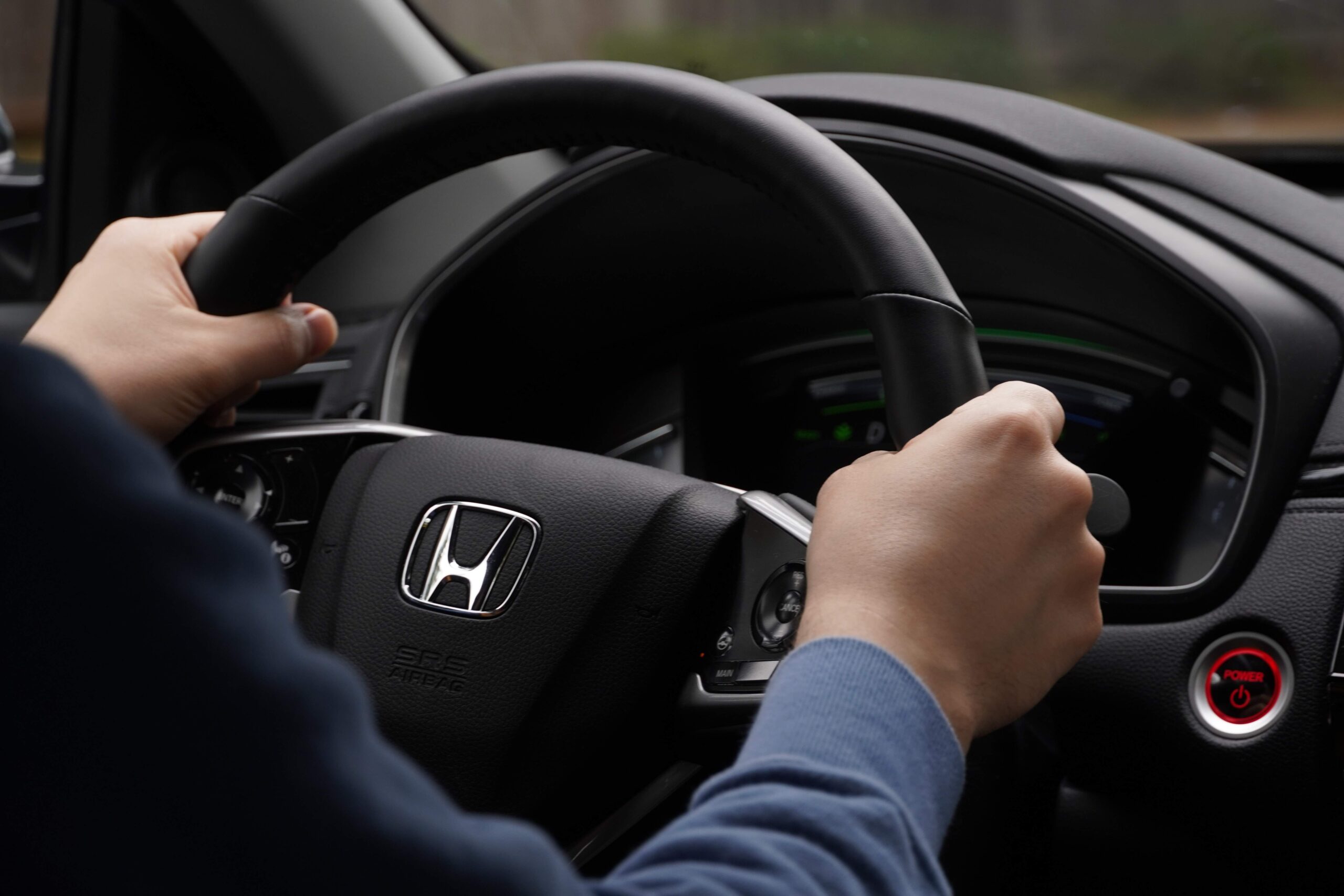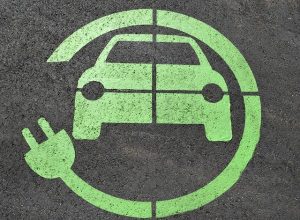What Honda has been doing to maintain an edge on the competition has been a tremendous effort to say the least. It’s truly spectacular how far they have come with their vehicles and their engines!
To specifically understand what goes on under the hood, you would have to specifically acknowledge the status of the Honda Pilot’s new J35Y8. Otherwise known as their V-6. The car itself comes with a camshaft adjusted for every bank. Each of the past aspirated V-6 engines had come from Honda and Acura. All except for the first-gen NSX which holds a single-overhead-cam (SOHC) design. There’s also a solid bore and stroke carry over that comes in the form of a 3471cc displacement.
All within a 60-degree bank angle with 11.5:1 compression ratio. Within the. We engine that powers on the Pilot, the compact DOHC heads come from the turbo charged Type-S variants of the Acura TLX and MDX. In which case the can bearing caps get incorporated into the valve covers, in which case, it could shrink the head by 1.2 inches.
It’s a massively impressive machine!
I wouldn’t put it past Honda to keep reinventing the wheel, or rather, the engine, with all their due diligence to excellence.
Just look at the peak power, it goes up to 285 horsepower by 5 horsepower, at a rate of 6100 rpm. All while peak torque reaches 262 lb-ft at 5000 rpm.
What else is impressive but the hydraulic lifters, which is to say there’s no need for valve-lash adjustments. Depressurizing them keep the valves closed and danger at bay with three-cylinder mode. The DOHC V-6 is still using a timing belt. And that possesses an identical 100,000-mile replacement interval as the predecessor, the SOHC engine.
Emissions-wise, this V-6 ranks at a SULEV30 rating, which equates to a reduction of 50% in particulate and NOx output. Not bad for an internal combustion!
The Honda engines are quite strong with fuel control with precise and direct-injection-system pressure up to 50 percent to 30 MPa or about 4,351 psi. With small injector holes and the chance to provide three squirts per combustion cycle.
There tends to be an additional key enabler that uses cam phases to adjust intake and exhaust timing with more than high-lift and longer duration lobes upon the past V-6.
There’s a new engine that doesn’t quite possess VTEC. Because the rules are as follows: V-6 Compliance will continue through 2030.




